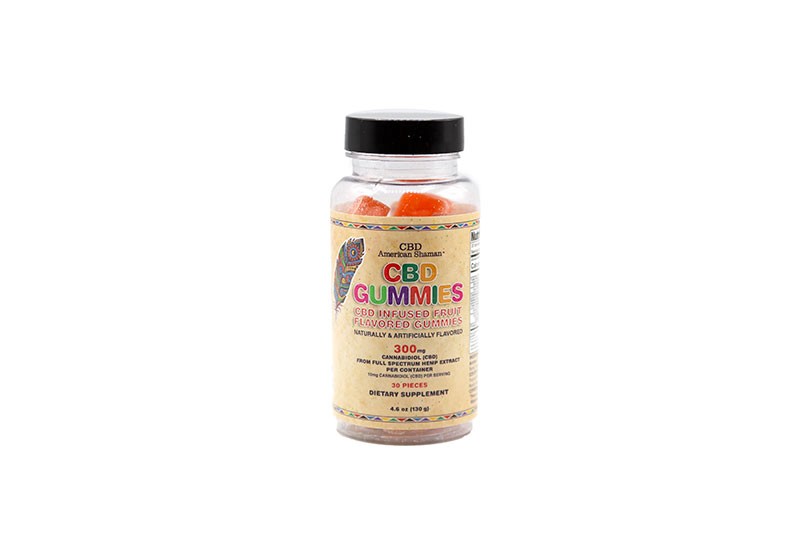- Cannabis
-
by @admin
Delta 8 flower and CBD flower are terms that are often thrown about in the world of marijuana. To a newbie, it’s hard to tell the difference. This blog takes a detailed look into these two cannabinoids. We see their differences and how they compare.

How they are produced.
CBD
CBD is the most abundant cannabinoid in hemp, taking anywhere from 12 to 20% of its composition. CBD is extracted through CO2 and solvent extraction. CO2 extraction involves the use of supercritical gas to extract cannabidiol from cannabis. The solvent extraction method uses solvents like butane to strip cannabis from the plant.
The resulting product is further processed to refine the CBD. CO2 extraction is more efficient and produces fewer impurities. This process can produce CBD of up to 99.5% purity. CBD is then used in oils, tinctures, topicals, etc.
Delta 8
Delta 8 is found in small quantities in hemp and cannabis plants. Delta 8 consists of less than 1% of the cannabinoids found in hemp. To get a high purity product, Delta 8 can be extracted from hemp or cannabis through fractional distillation.
This process is not favored in the cannabis community because it is not economical, and scientists found other efficient ways to produce delta 8 THC.
The most common method involves the conversion of its isomer, CBD. Manufacturers can also convert other isomers like delta 9 THC into delta 8. There are different processes for making this compound. The resulting product is then refined to produce high-quality delta 8 THC.
Delta 8 flowers are hemp flowers that have been infused with delta 8 THC. The three processes commonly involved in making delta 8 flowers are:
- Dipping high-grade hemp flowers in delta distillate. This process often produces a harsher, smokier flower.
- Applying a fine spray of delta 8 THC on the flower. This process is often repeated to apply multiple coats.
- Dusting a fine powder of THC on the flower to give a high-quality THC flower.
Making delta 8 flowers involves one or the combination of any three of these processes listed above.
Their effects on the body.
CBD
When you smoke delta 8 flowers or CBD flowers, it goes through your lungs and is readily absorbed in the bloodstream. Here the active chemicals in these flowers interact with the endocannabinoid system in the body.
Here is how CBD and delta 8 affect the body.
CBD like other cannabinoids, works in the body by affecting the endocannabinoid system or ECS. The ECS is a system of chemical processes in the nervous system that helps maintain homeostasis. The ECS plays a part in regulating body functions such as appetite, cognitive functions, mood, sleep, and digestion, to name a few.
Cannabidiol has a very low affinity for both CB1 and CB2 receptors. The exact process through which CBD binds to receptors is still under study. Researchers also believe that CBD counteracts the euphoric effects caused by THC compounds.
Delta 8
Delta 8 THC works in a similar way to delta 9. It binds to the CB1 receptor, which regulates the release of neurotransmitters such as serotonin and dopamine. Delta 8 Doesn’t bind as strongly to these receptors as delta 9. This may be one of the reasons it produces a milder form of high than delta 9.
Uses for CBD and delta 8
CBD and delta 8 THC are used for a variety of overlapping conditions.
CBD.
CBD is medically prescribed to help alleviate symptoms or treat the following conditions.
- Anxiety, stress, and PTSD symptoms (it stimulates relaxation)
- Chronic pain and inflammation.
- Appetite suppression.
- Nausea
- Sleep disorders.
- Epilepsy
- Substance abuse.
- Addiction.
